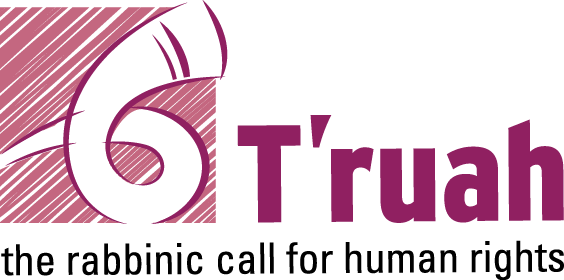D'var Torah

A Place in the Camp
In 2009, Rabbi Stephanie Kolin lobbied at the Massachusetts State House for transgender rights. In her testimony, she shared that she had led a trip to Israel and described the reaction of one of the participants when they arrived at the Kotel, which includes separate sections for men and women: He said through his tears,...
more

Atzma’ut and Atzamot: The Bones of Israel
Reading haftarah on Shabbat Chol HaMoed Pesach, we saw through the prophet Ezekiel’s eyes a valley full of dry bones (bikah meleah atzamot) declaring that their hope is gone (avdah tikvateinu). For a living human being, bearing witness to human mortality at vast scale is profoundly unsettling. These bones in earth show us where we come...
more
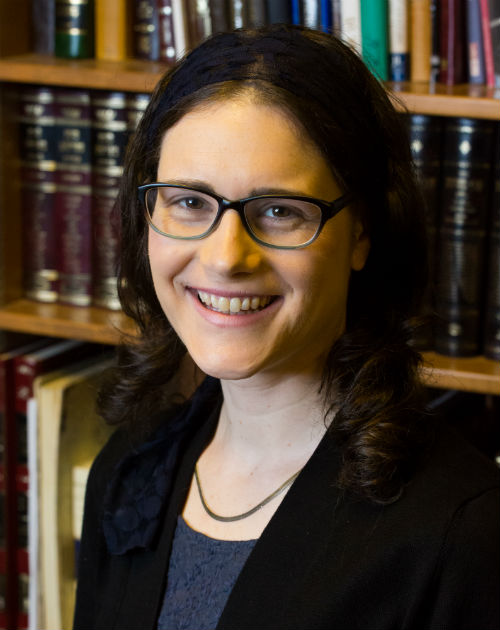
Birth, Visibility, and Justice
Ishah ki tazria. Parshat Tazria opens with laws related to a woman giving birth. The Torah’s terse account of birth screams out for interpretation, for filling in the space between these black letters with the many, and varied, experiences of birth. These stories are so necessary because people are often blind to experiences of birth,...
more

Shemini: Strange Pitfalls and Big-Picture Solutions
Those of us of a certain age remember the heady days of the 1960s, when we hoped to create a new world of peace and love. Fast forward half a century to the last election. How did the love generation devolve into today’s isolation, rage, and powerlessness? What went wrong? This week’s parashah, with its...
more
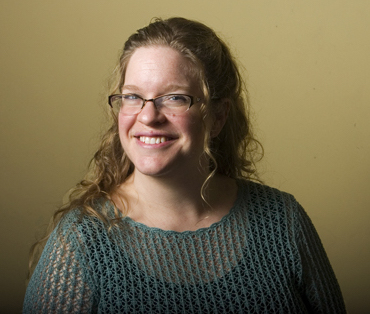
Who are YOU in the Passover story?
“…And you shall explain to your son on that day, “It is because of what Adonai did for me when I went free from Egypt…” (Exodus 13:8). From the midst of the original Exodus narrative, the text jumps suddenly forward in time, imagining you and me, future generations, retelling this sacred story in a very...
more
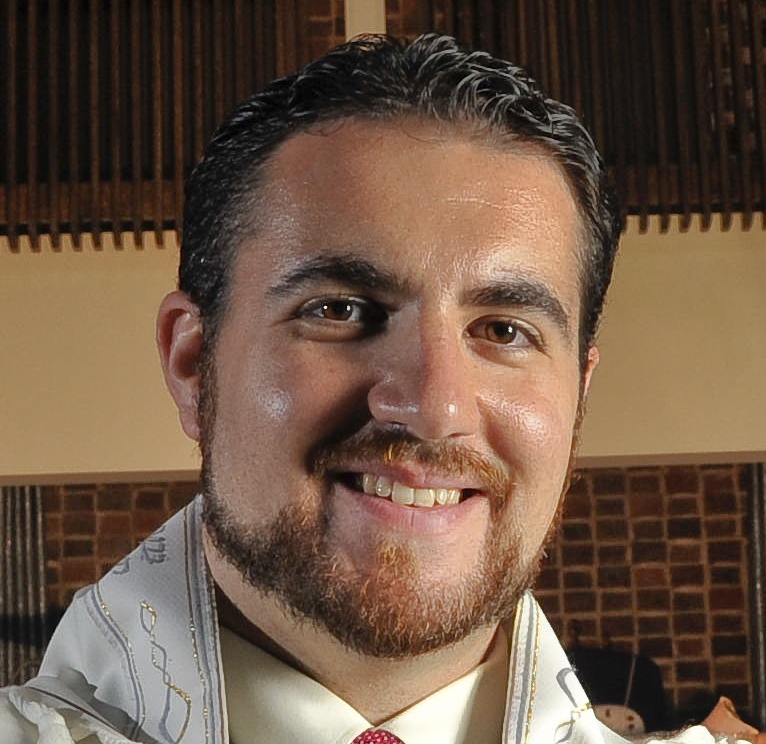
What is THAT doing on my seder plate??
This year, I’ve found myself obsessing over the Passover Seder plate. I don’t usually do that, I promise! I like it, don’t get me wrong, I just don’t dwell on it all that much. But this year, I have been reading a fair amount of sources on new symbols that can be added to (or...
more

When a Leader SIns
This Torah portion begins the book’s extensive treatment of the sacrificial system that was practiced in Israel for more than 1000 years. And it is now some 2000 years since we stopped offering sacrifices. In the interim we have developed a sense of distance from that ancient cultic practice. Nevertheless, it may still be possible...
more

Encompassing the Truth in Four Directions
In college, I used to tutor inner city middle school students through an organization called Making Waves. Once during a staff training, I was placed in a group with two Latinx tutors and two black tutors; the other group consisted of five white tutors. When my group playfully accused the supervisors of dividing us up...
more

Mob vs. Movement: Ki Tisa and the Power of the People
A group of people, fighting for a cause. It seems powerful, it seems romantic, it seems like the way to build a movement and achieve progress. But what distinguishes a movement from a mob? Five weeks ago, we stood together in shul and listened to the parshah’s recounting of the Torah’s climactic moment: the receiving...
more
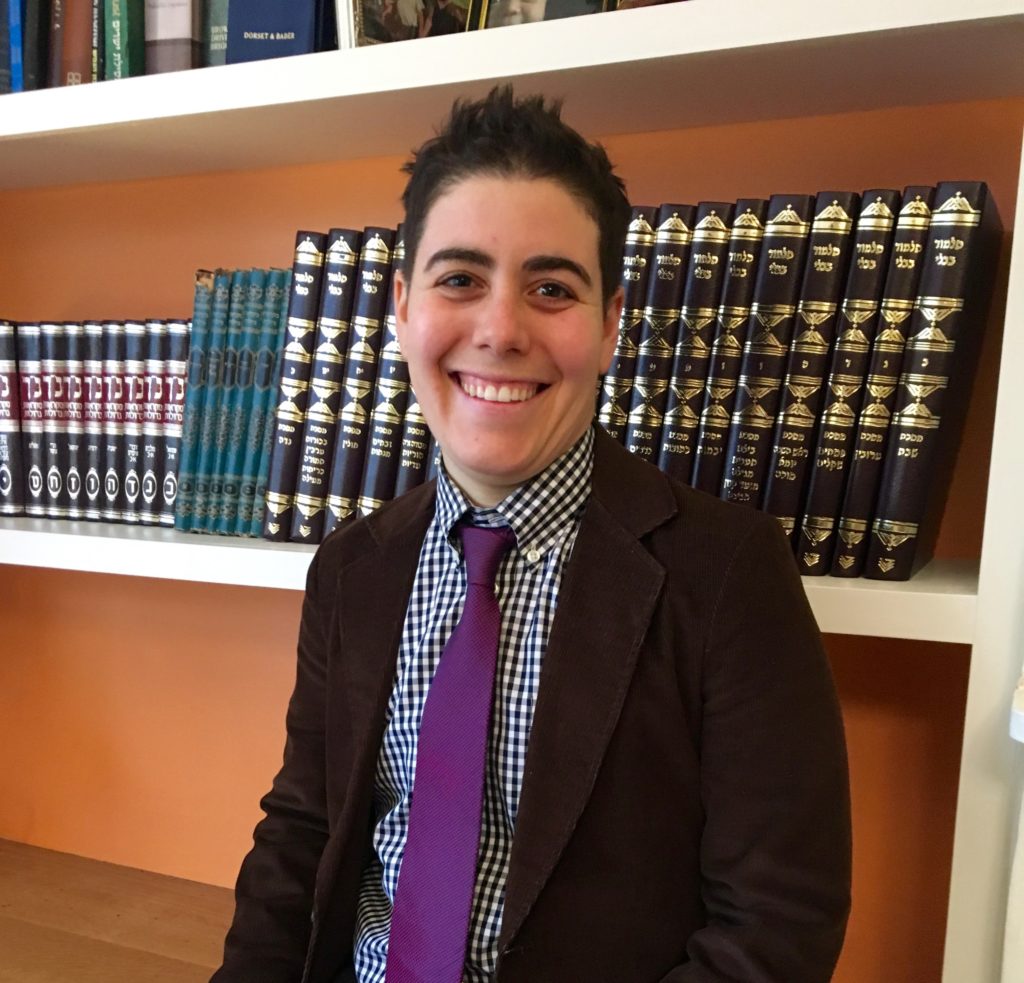
Your Joy Is Your Sorrow Unmasked
A week ago Sunday, marked by the new moon of the Jewish month of Adar, I spent the day at the Mount Carmel Cemetery in Northeast Philadelphia, bearing witness to the desecration of 539 gravestones. Joining with Muslim, Quaker and Christian neighbors, people of faith and conscience, our hands in the earth restoring headstones, as...
more
